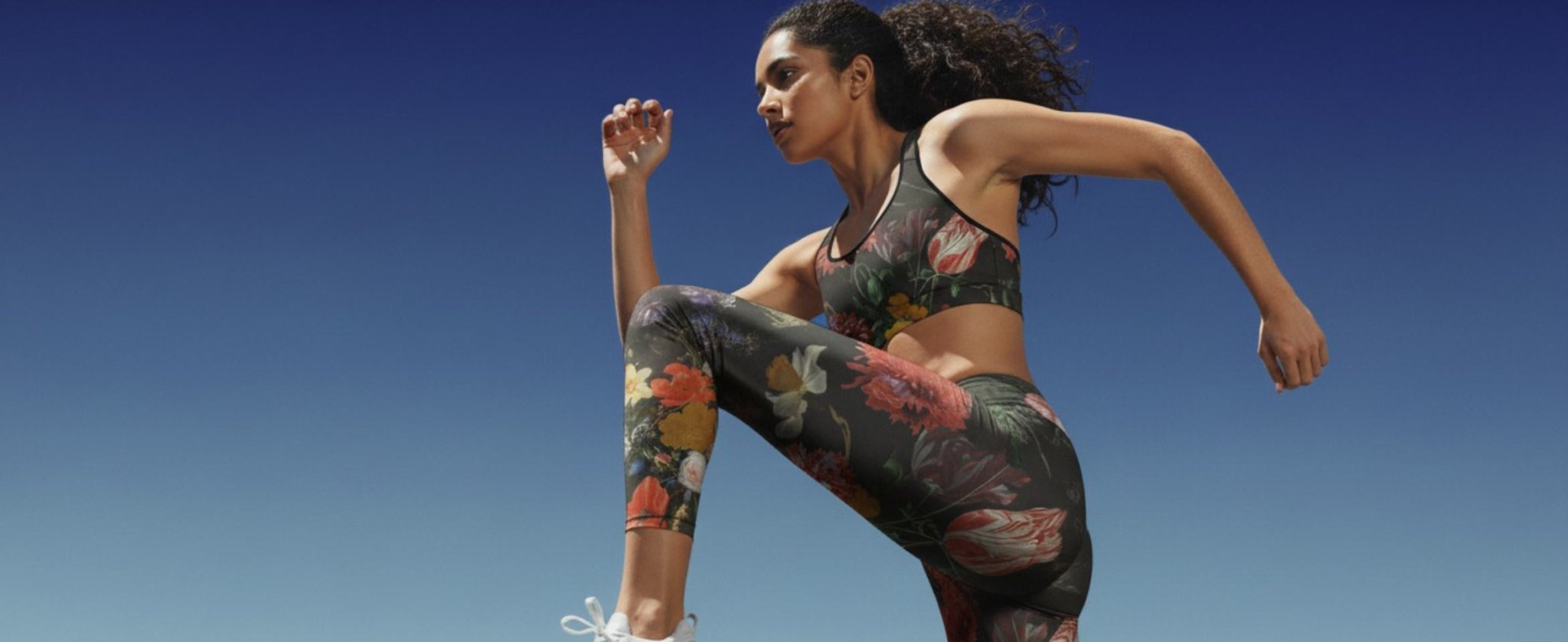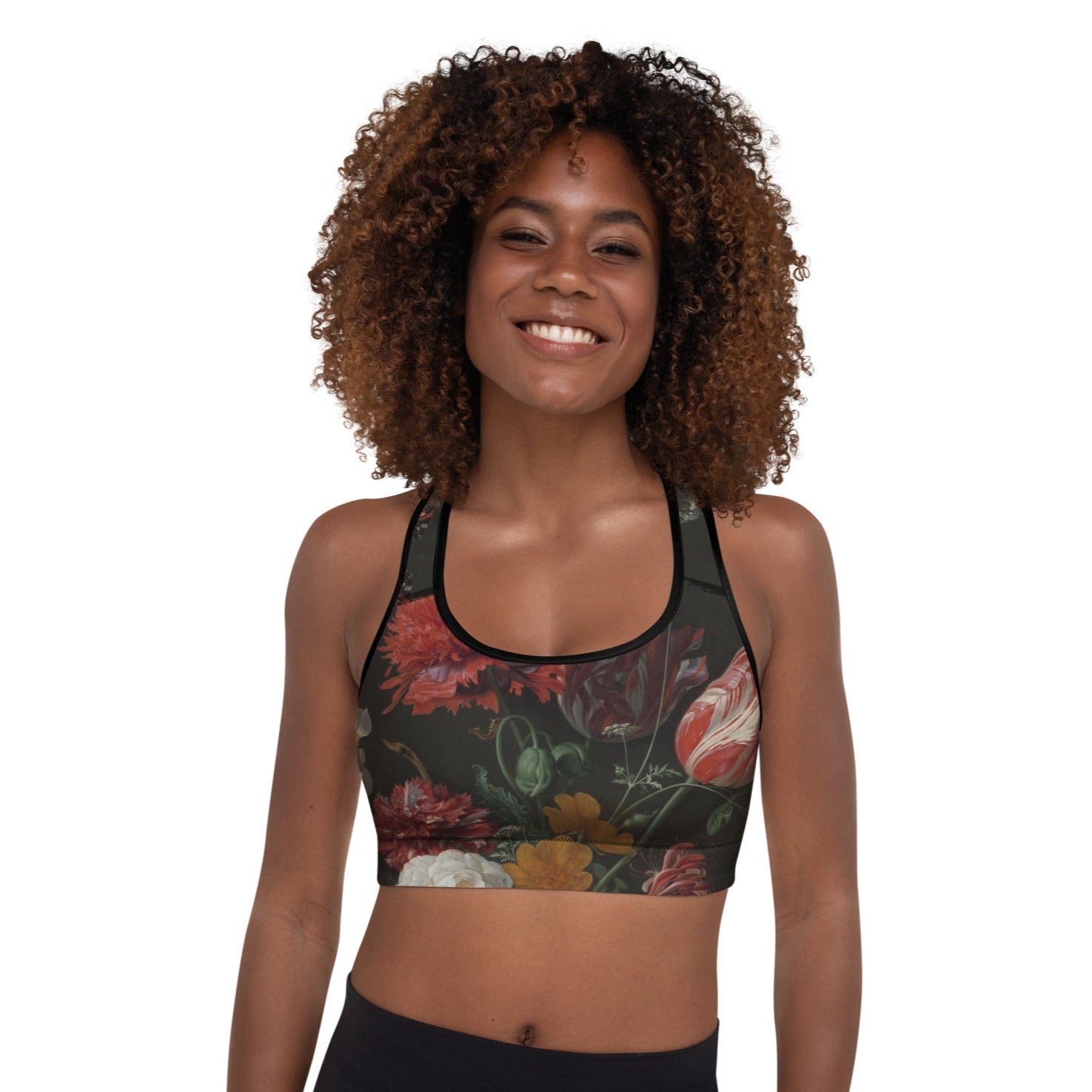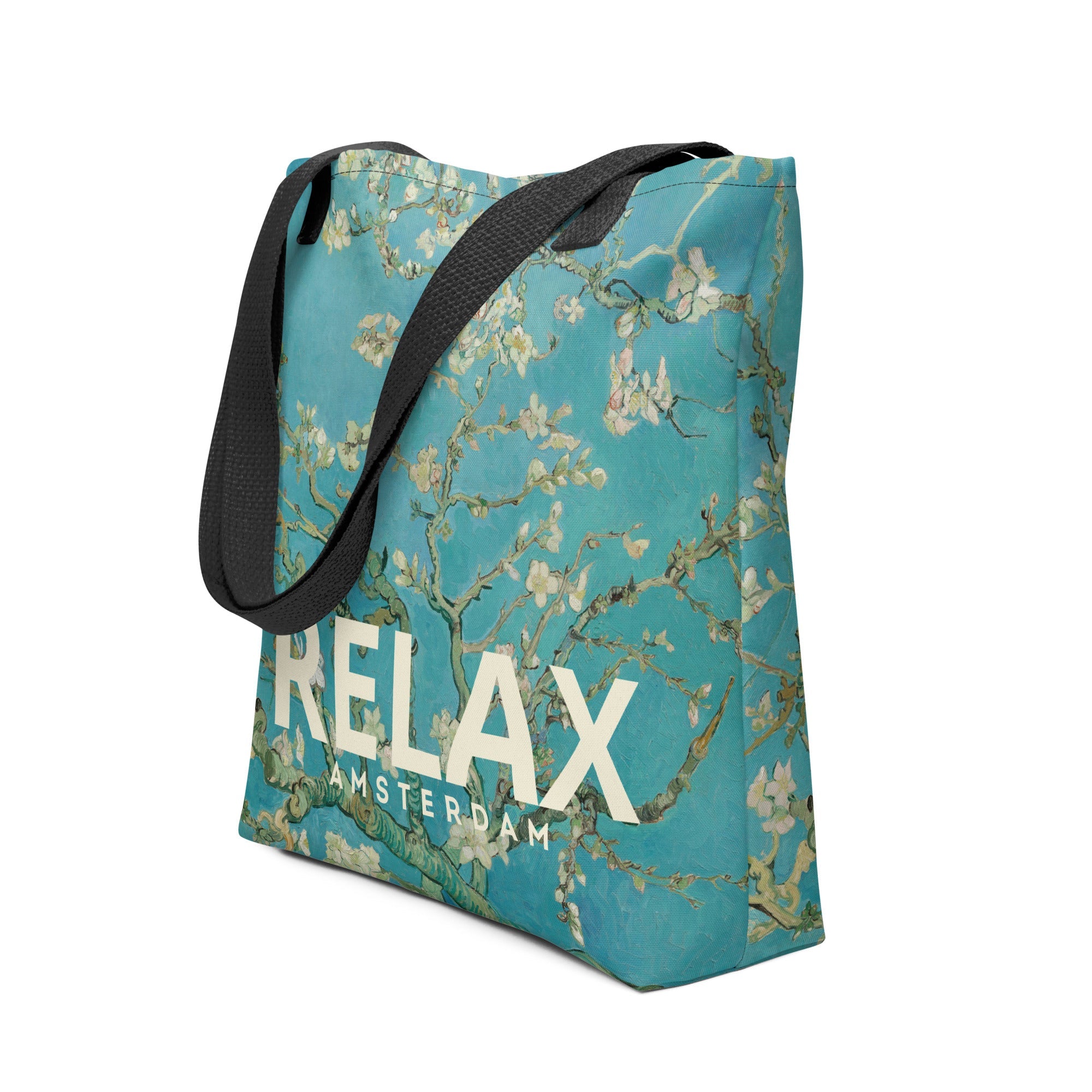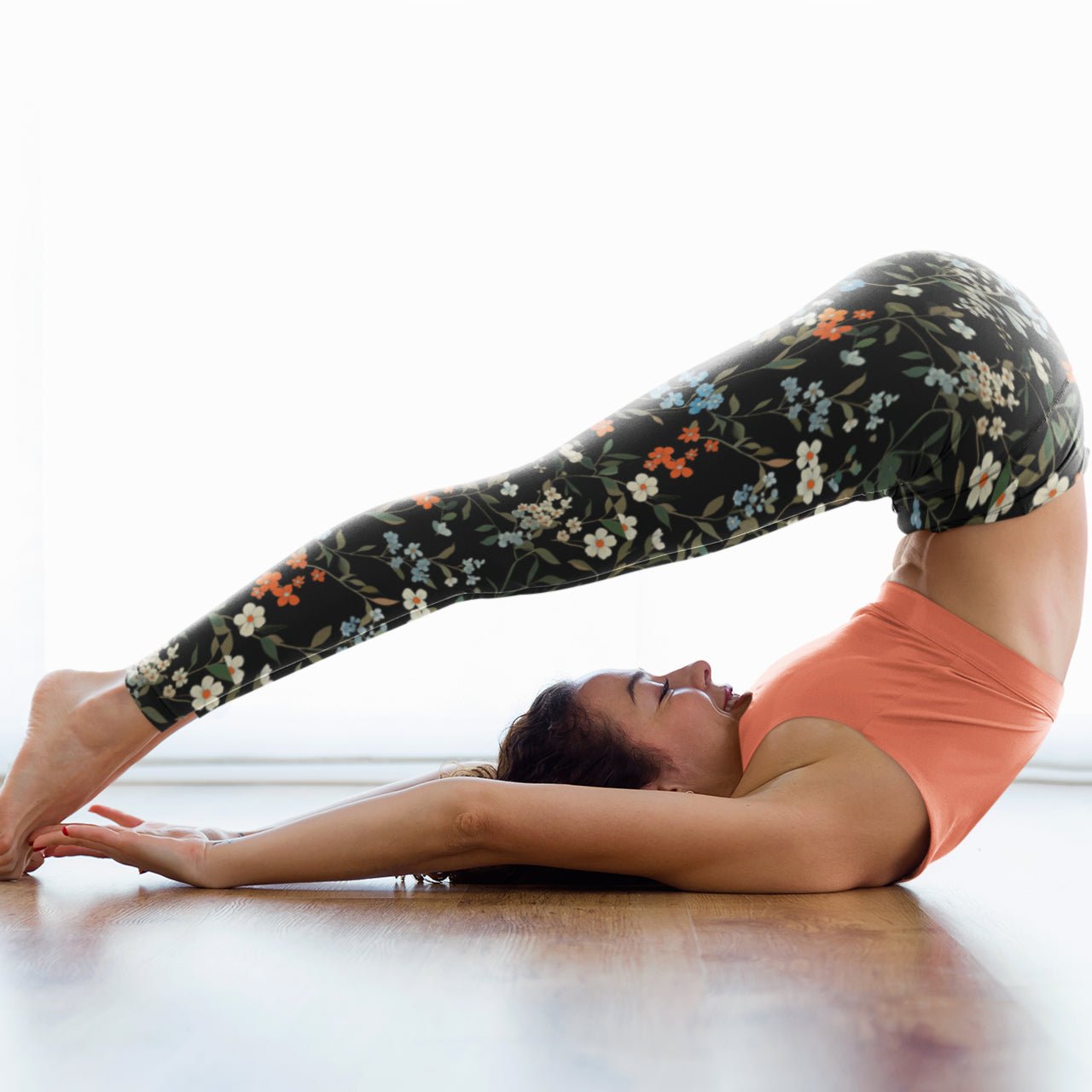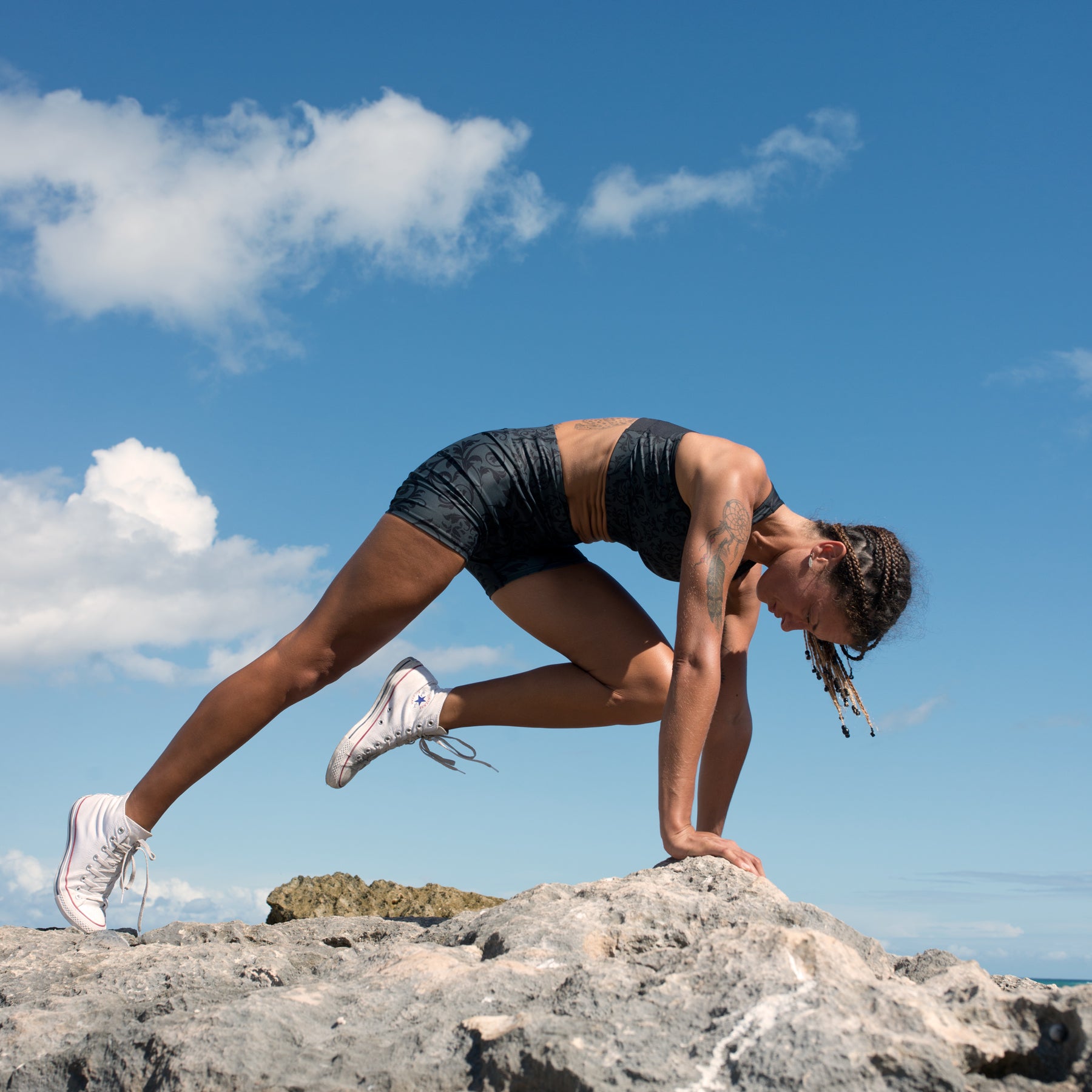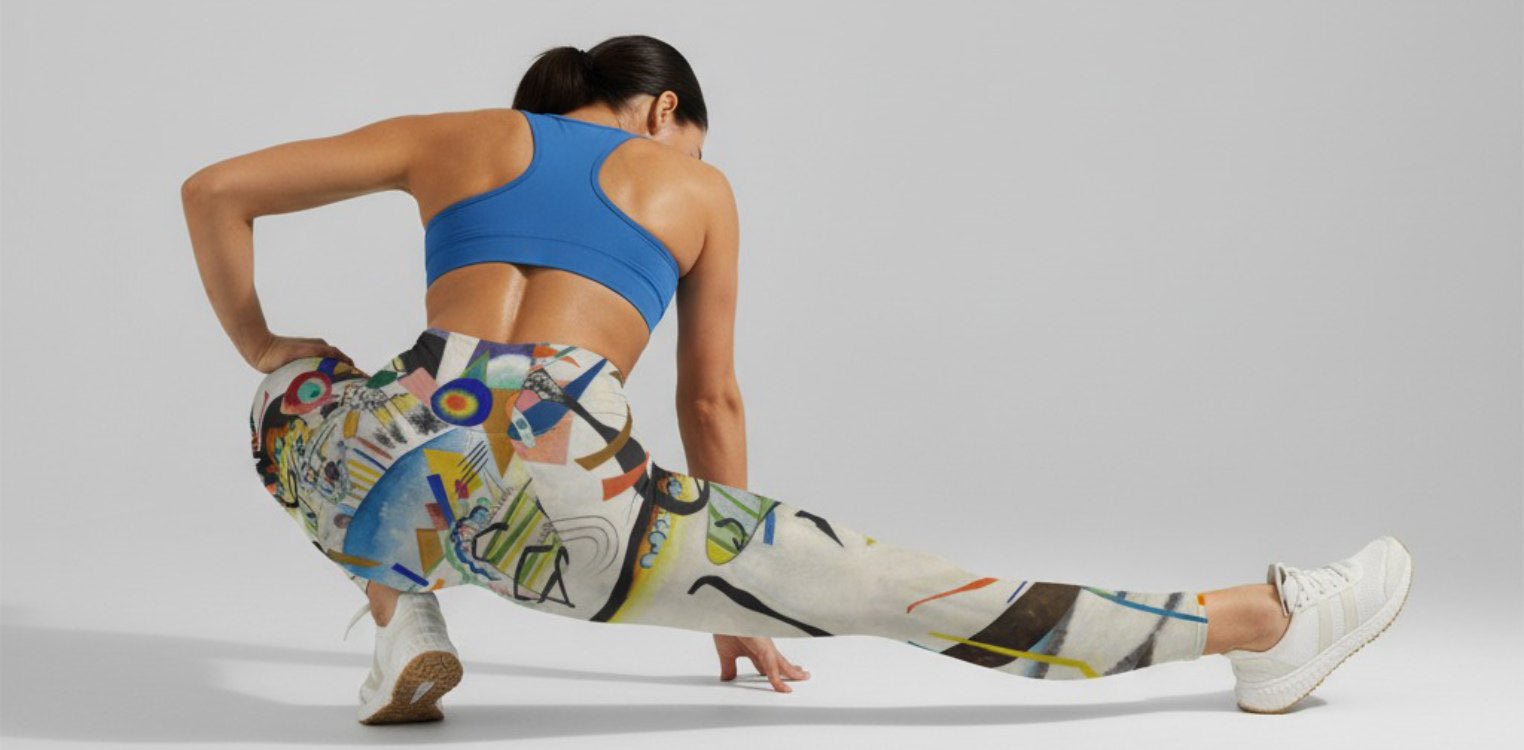Choosing the right pair of leggings is akin to finding a running companion. The fit, material, and additional features all play a crucial role in ensuring comfort and enhancing performance with every stride.
The Ideal Fit
The right fit in a pair of running leggings isn't just about avoiding wardrobe malfunctions. It's about ensuring that with every step, slide, or stretch, your leggings move with you, not against you. A too-tight pair can hinder circulation, potentially affecting performance. On the other hand, a too-loose pair risks chafing, slipping, or just plain discomfort. The ideal fit hugs without squeezing, supporting your muscles and allowing optimal freedom of movement.
Material
While design and fit often steal the limelight, the fabric's role is paramount. An apt material works silently, ensuring you remain cool in the summer's heat and warm during winter's chill. Moisture-wicking fabrics, especially, have been a game-changer for runners. By drawing sweat away from the body, they reduce the risk of chafing, keeping runners comfortable even during intense workouts. Moreover, some advanced materials now offer UV protection, an underrated but invaluable feature for those long, sunny runs.
To Pocket or Not to Pocket?
The debate around pockets in running leggings is eternal. For some, they're indispensable. Whether it's to stash a phone, some cash, or the all-important house key, pockets provide convenience. However, it's crucial that these pockets are designed right. They should be deep enough to secure items and located in places that don't hinder movement. For those who prefer uninterrupted silhouettes, there are numerous sleek designs that forgo pockets altogether, relying on minimalism for appeal.
Shorts vs. Leggings
While leggings offer more coverage, which is especially beneficial in cooler weather or for sun protection, shorts provide more ventilation. The choice between them boils down to the weather, the runner's comfort preference, and sometimes, the terrain. For instance, trail runners might prefer leggings for the added protection against scrapes and scratches.
Durability and Care
An often-overlooked aspect when choosing leggings is their durability and ease of care. Running leggings, given the demands of the activity, undergo significant wear and tear. Opting for a pair that's both sturdy and easy to maintain ensures that they remain a reliable part of your running gear for a long time.
Environmental Impact
In today's age, it's impossible to ignore the environmental footprint of our choices. Sustainable and ethically produced leggings are becoming increasingly popular. These leggings, often made from recycled or organic materials, offer the same (if not better) performance while minimizing harm to the planet.
Addressing Queries and Misconceptions
Q1: Do leggings with compression features offer better performance?
Compression leggings are designed to improve circulation and reduce muscle vibration, potentially leading to better performance and reduced fatigue. While some runners swear by them, others might not notice a significant difference. It's largely individual.
Q2: How do I ensure the leggings offer adequate UV protection?
Look for leggings labeled with UPF (Ultraviolet Protection Factor). A UPF of 50, for instance, allows only 1/50th of the sun's UV radiation to reach the skin.
Q3: Are thicker leggings better for winter?
Not necessarily. While thickness can provide warmth, it's more important to look for leggings with a brushed or fleece-lined interior for cold climates.
Q4: How frequently should I replace my running leggings?
The lifespan of leggings varies based on usage and quality. However, if they start to sag, lose elasticity, or show signs of wear and tear, it's time for a replacement.
Q5: Are all high-priced leggings of superior quality?
Price can be indicative of quality, but not always. It's essential to assess the material, features, and reviews rather than relying solely on the price tag.
Selecting the best running leggings is about knowing what you need and want, and seeing what's available out there. By taking the time to pick wisely, every run can become a super comfortable and enjoyable activity.

